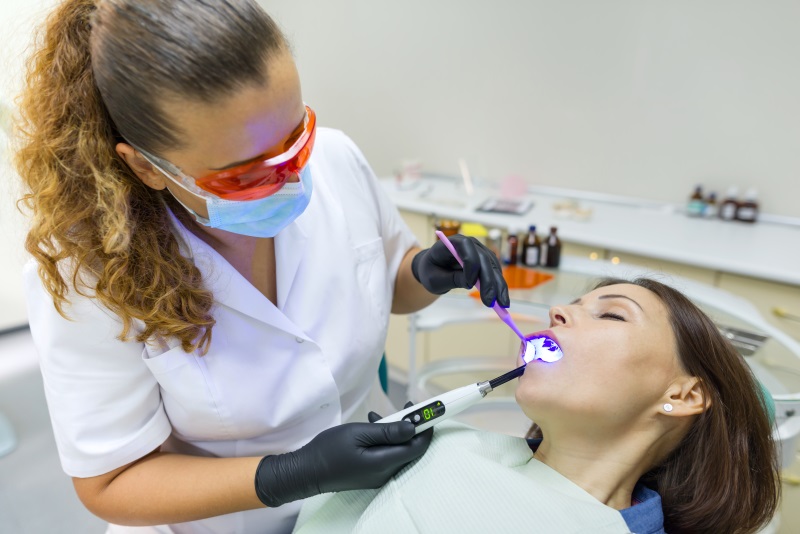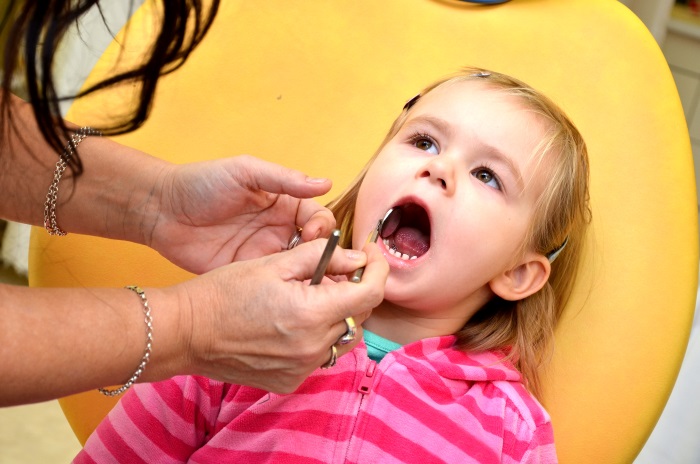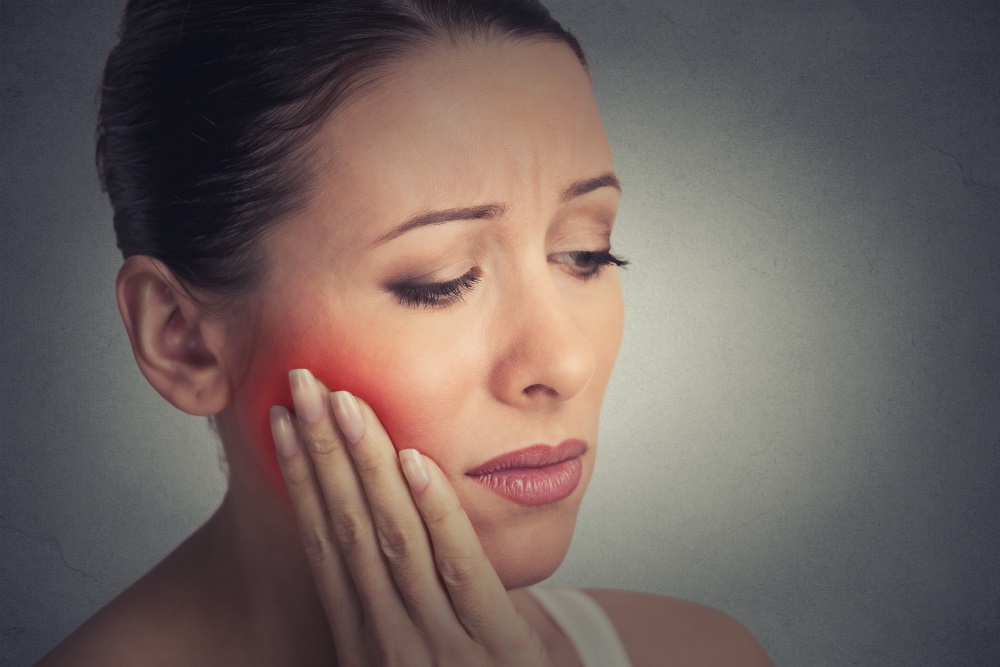There are a number of reasons that adults—grown adults—avoid trips to the dentist.
According to the American Dental Association, over 17% of people admit they avoid going to the dentist due to anxiety. And this “demotivator” is right behind the very real inability to pay for dental services that leaves millions of patients avoiding appointments each year. There are still others who have special needs or who are facing complex dental procedures, which result in fear or apprehension when faced with a visit to the dentist.
If you or a family member—even children—can identify with any of these issues, then it might be worthwhile to consider if sedation dentistry is right for you. Don’t let the word “sedation” cause more anxiety, though! This option is a safe and gentle for almost all ages. Keep reading as we break down the types of sedation available as well as the groups of patients who may be best served by sedation dentistry.
What is sedation dentistry?
Sedation dentistry offers patients relief from anxiety and pain and ensures a pain–free procedure—many times without any memory of the appointment. While many complex procedures are performed with some form of anesthesia, it is possible for general cleaning to also take place under sedation for those patients who suffer from severe anxiety.
There are several levels of sedation we use, all depending on the complexity of the procedure. The American Dental Association, in conjunction with state guidelines, offers a set of best practices for the administration of local anesthesia, sedation, and general anesthesia. Your dentist will decide which level of sedation is best for you. Below is a breakdown of the varying types of anesthesia typically used:
- Nitrous oxide: This is the most common form of sedation, and while it doesn’t put you all the way to sleep, it can reduce anxiety during a dental procedure. More commonly known as laughing gas, nitrous oxide is combined with oxygen and administered through a mask that is placed over the nose. This sedative can wear off quickly, so your dentist will actively monitor your anxiety and pain levels throughout the procedure.
Another benefit of nitrous oxide is that you can drive yourself home after the procedure. This is a good option for your bi-annual appointment or for less invasive procedures.
- Oral sedation: Also known as enteral sedation, this option encompasses all types of sedation that come in pill or liquid form. This option is helpful for easing nerves prior to getting to your appointment. Many times, this option is used in conjunction with nitrous oxide. Typically, the prescribed pill is Halcion, which is a member of the same drug family as Valium and is taken about an hour before the procedure.
This pill will make you drowsy, though you’ll still be awake. A larger dose may be given to produce moderate sedation. Depending on the dose, you might fall asleep during the procedure.
- IV sedation: This type of sedation will put you in a deeper level of sedation, rendering you totally unaware of what is happening around you. While technically still awake, most patients report no memory of what happened during a procedure.
And, just like with nitrous oxide, your dentist will continuously monitor your level of sedation through the procedure and adjust it as necessary.
- General anesthesia: This is the deepest level of sedation and should only be performed by highly–qualified practitioners in appropriate settings. This type of sedation is used most frequently for patients with special needs or who require the most complex dental treatments.
Who’s eligible for sedation dentistry?
Anxious patients
As mentioned, dental anxiety is a highly present issue among adults. If you suffer from dental anxiety, but have trouble articulating your fears with your dentist, your provider might choose to utilize the Corah’s Dental Anxiety Scale. Developed in 1969, this four question survey allows patients to choose from five answers. Each answer corresponds with numerical score. The total score allows the dentist to determine how anxious you are about the appointment.
Another assessment tool is the Modified Dental Anxiety Scale. This survey consists of five questions, each with a five-category rating scale, ranging from “not anxious” to “extremely anxious.” One difference in this survey is that it has an extra item about the respondent’s anxiety to a local anesthetic injection as well as the dental procedure itself.
Based on the results of the survey, your dentist may recommend sedation as part of your treatment.
Special needs patients
The special needs population is diverse and has a wide range of dental needs. Due to this, the reasons for the use of sedation dentistry are equally varied. Not only does this influence the type of anesthesia used, it also makes an impact on how the anesthesia is introduced.
For instance, special needs patients may have physical limitations as well as intellectual disabilities, each of which are vital components that are taken into consideration. One common example of special needs dentistry is serving those with autism. Since the dentist’s office can present an array of sensory challenges such as new tastes, smells and textures, sedation can offer a calmer experience. If you or your child have special needs, have a conversation with your dentist ahead of time to discuss options to make the patient most comfortable.
Complex procedures
Finally, some dental procedures can take several hours to complete. Since many patients would prefer to be in the chair for the least amount of time possible, they choose to break these procedures into multiple visits. However, sedation density allows patients to calmly complete complex procedures in a single visit. For example, patients who need extensive rebuilding procedures or multiple cavities filled at one time may be good candidates for sedation dentistry.
Are there risks to sedation dentistry?
As with any procedure, it’s important to discuss with your dentist if you are a good candidate for sedation dentistry. For those with sleep apnea or adverse reactions to anesthesia, it’s important to discuss your medical history with your dentist prior to any procedure.
Finally, everyone reacts differently to the different medications used for sedation. This includes how much is needed for complete sedation as well as any adverse feelings upon “coming to.” If you are concerned about how you may react, make sure to ask your dentist prior to your appointment.
Sedation dentistry has the ability to transform the practice of dentistry for those that avoid it due to anxiety or fear of pain. If you are interested in what Dr. Ku’s office has to offer, give us a call today!
The post Sedation Dentistry – Your Ultimate Guide appeared first on Fort Worth Dentist | 7th Street District | H. Peter Ku, D.D.S. PA.



